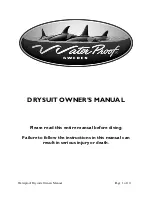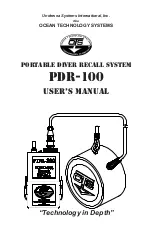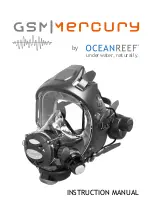
14
Cleaning Precautions
The sealant used between the prism and stainless steel block may be attacked by certain
chemicals. Reichert recommends avoiding strong solvents such as N,N-Dimethylformamide or
N,N-Dimethylacetamide, Tetrahydrofuran, cresols, phenols, and other tar acids. Some lacquer
thinners can also deteriorate the seal over time or when used at elevated temperatures. To
determine if your samples or solvents may attack this seal, please contact Reichert Analytical
technical support.
Scratched optical surfaces can have an adverse effect on shadowline clarity. In the case of
a sample having been allowed to dry on the prism surfaces, never use abrasive materials to
remove that sample. Instead redissolve the sample with an appropriate solvent to protect the
prism surface from being scratched. Thick, sticky samples should be rinsed off with a suitable
solvent to avoid possibly scratching the prism. Use caution when removing samples or drying
the prism.
Care and Cleaning
Preparing the prism surfaces for samples is essential if consistent and
accurate values are to be attained. Prior to and immediately after a sample
is placed on the prism surface, those surfaces must be properly cleaned
(Fig 14). It is imperative that these surfaces be cleaned to assure removal
of any possible residue since this condition will have an adverse affect on
resultant readings. Never allow a sample to dry on the prism surfaces.
Depending upon the sample, clean the lower measuring prism and the
upper illumination prism using distilled water, diluted soapy water, isopropyl alcohol or
methanol. Rinse with distilled water and gently dry using a lint free product like Kim Wipes®
that will leave no residue.
To properly clean the body or display areas of the instrument simply wipe with a soft cloth and a
mild soap and water solution. A typical house hold glass cleaning product works well.
Fig 14



































